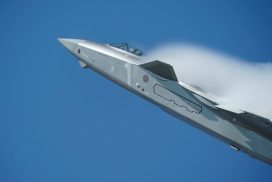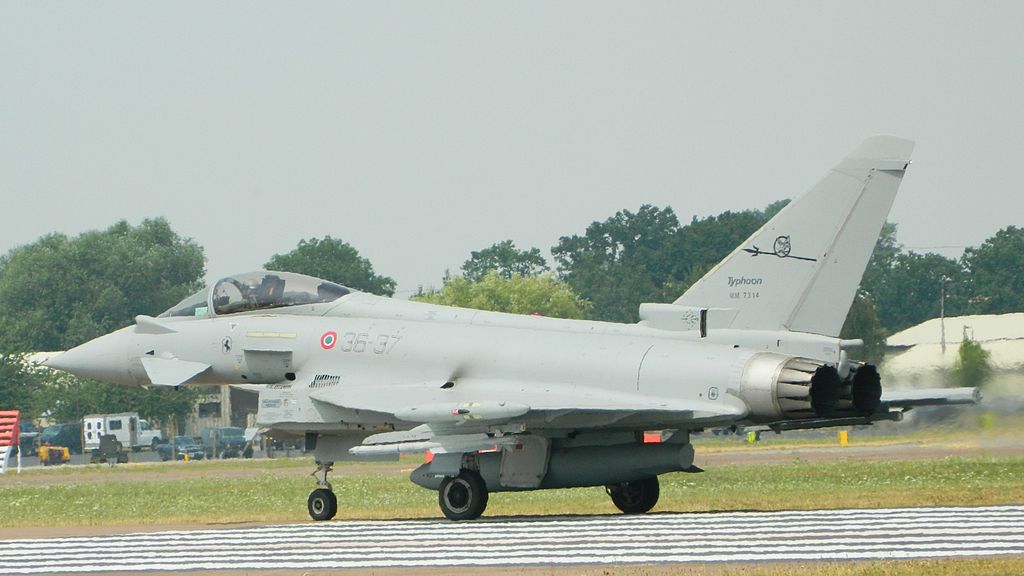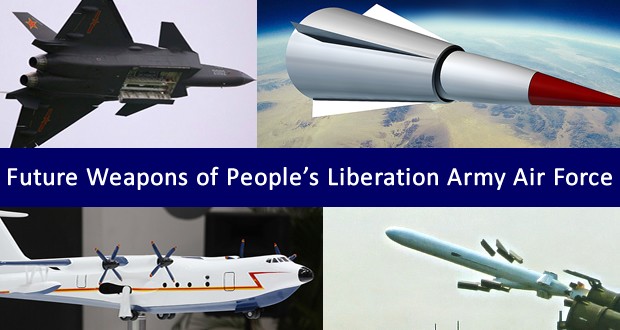a onblur=”try {parent.deselectBloggerImageGracefully();} catch(e) {}” href=”http://bp3.blogger.com/_RRbP6fpJWAc/SCWqGDP0y2I/AAAAAAAAAiY/Sxa6RagI8bk/s1600-h/800px-Su-27_Cobra_2b.png”img style=”margin: 0px auto 10px; display: block; text-align: center; cursor: pointer; width: 468px; height: 117px;” src=”http://bp3.blogger.com/_RRbP6fpJWAc/SCWqGDP0y2I/AAAAAAAAAiY/Sxa6RagI8bk/s320/800px-Su-27_Cobra_2b.png” alt=”” id=”BLOGGER_PHOTO_ID_5198748365796723554″ border=”0″ //aThe Pugachev’s Cobra (or Pugachev Cobra) is an aircraft cobra maneuver. It is a demonstration of the pitch control authority, high angle of attack (AOA) stability and engine/inlet compatibility at high angles of attack of the aircraft (i.e. supermaneuverability). The maneuver allows for very quick turns which can make an attack fail or put the pilot in a position to execute an attack. It is an example of air combat maneuvering (ACM), specifically poststall maneuvering. The Pugachev’s Cobra is considered to be one of the most dramatic and demanding maneuvers performed at air shows worldwide. The maneuver is so named after the Sukhoi OKB (design bureau) test pilot Viktor Pugachev, who first performed the maneuver officially in 1989 at the Paris Le Bourget air show.br /br /pThe maneuver consists of the pilot pulling the aircraft to a 90°–120° angle of attack, then back down to zero. In a properly performed Pugachev’s Cobra, the plane maintains a straight and level flight throughout the maneuver./p The vertical form of this maneuver is called a Cobra, named after the snake that behaves in a similar manner. Performing the maneuver on the horizontal plane results in the aircraft effectively stopping while the enemy overshoots, leaving the aircraft in a position for a straightforward missile attack on the enemy aircraft.
Menu
Copyright © 2007- 2025 • Defence Aviation • All Rights Reserved. Reproduction without explicit permission is prohibited.



